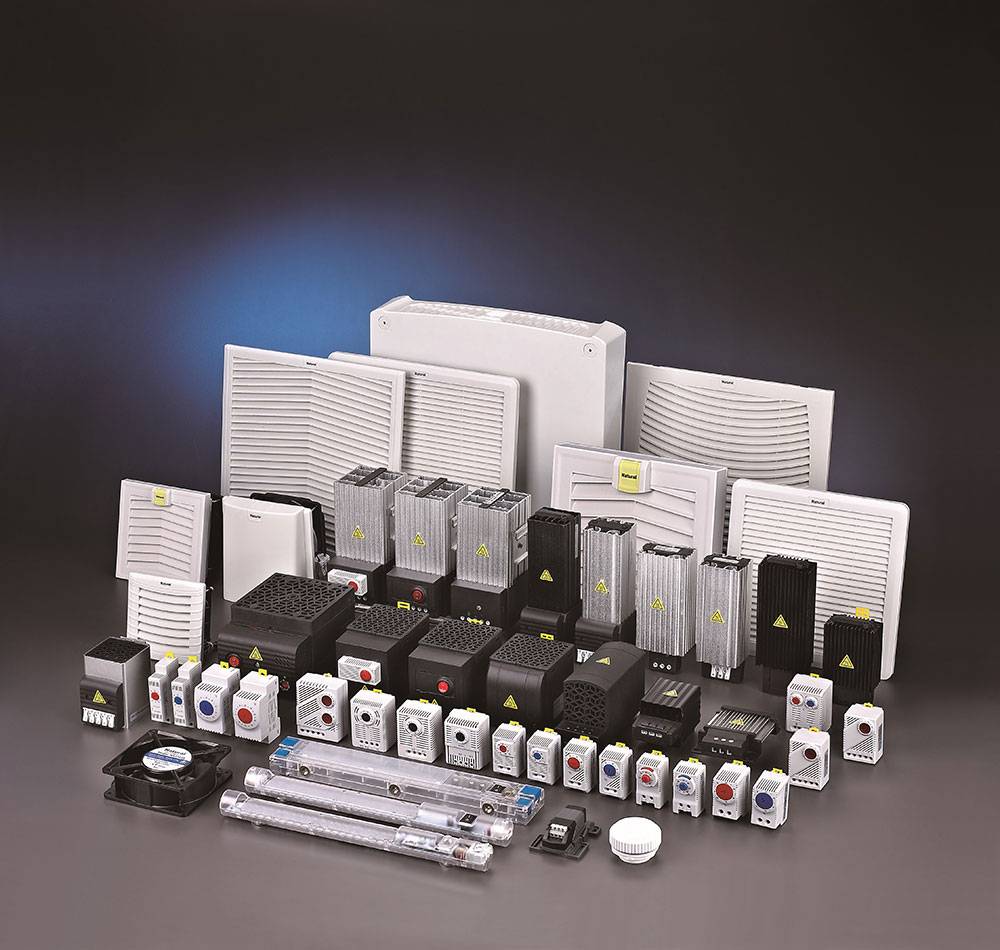understanding the importance of cabinet thermostats in modern electronic systems
Release time:2025-07-20 13:30:50
In today’s fast-paced technological world, maintaining the optimal performance of electronic devices and systems is crucial. This is where the cabinet thermostat plays a vital role. A cabinet thermostat is a device designed to regulate and control the temperature inside electronic enclosures or cabinets. These thermostats are essential in environments where temperature fluctuations can lead to performance issues, equipment failure, or even permanent damage. In this article, we’ll explore the function, significance, and applications of cabinet thermostats, shedding light on why they are a must-have component for modern electronic systems.

What is a Cabinet Thermostat?
A cabinet thermostat is a temperature-sensitive device used to maintain the internal environment of an electronic or electrical cabinet. It continuously monitors the temperature within the cabinet and, based on pre-set values, activates or deactivates the heating or cooling system to maintain a consistent temperature. These devices are widely used in various industries, including data centers, industrial control systems, and commercial applications, to ensure the longevity and efficiency of sensitive equipment.
How Does a Cabinet Thermostat Work?
At its core, a cabinet thermostat functions as a temperature controller. It typically includes a temperature sensor, a control mechanism, and a heating or cooling unit. The thermostat constantly monitors the internal temperature of the cabinet using the sensor. Once the temperature reaches a threshold, the control mechanism either switches on a heating unit (if the temperature is too low) or activates a cooling system (if the temperature is too high) to bring the temperature back into the desired range.
 28 items Patent
28 items Patent
 28 items Patent
28 items Patent
 28 items Patent
28 items Patent








